As a High School teacher for twenty years and a mother of three young adults it has been a joy watching so many young people grow into such awesome adults.
Each one taught me new ways of thinking about the assumptions I had made and the most effective ways to support them through the High School years and beyond. Here are seven strategies which I hope help you to find smoother routes through this part of your life as a parent of teenagers’
Strategy 1. Learn
I first had to find out why some teenagers engaged in such challenging behaviour. I knew it wasn’t because they were just ‘bad’ kids as I refused to believe that anyone would deliberately choose to misbehave without good reason. Many of the teenagers I struggled with in my early years as a teacher grew up to be fine adults (and great parents themselves). If I could find out why they behaved in such an overtly emotional way all the time, perhaps I could find a way of coping and communicating with them better.
Fortunately, around the time I started to ask the question the answers began to appear. The advances in neuroscience had started to give us a better understanding of how the brain develops during adolescence. Research showed that adolescence was very much a process of transformation, driven by the changes in the brain. These changes path the way for teenagers to master the skills and attributes they need to live as rational independent adults. Unfortunately, they also trigger a range of behaviours that adults often find difficult to cope with.
I noticed the greatest change at the onset of puberty. Puberty starts when a gene releases the aptly named protein kisspeptin in the hypothalamus, the part of the brain that regulates metabolism. When this protein ‘kisses’ another gene it triggers the pituitary gland to release its storage of hormones. Oestrogen and testosterone wash over the brain and triggers the physical changes that we are used to seeing. These hormones will stimulate the amygdala – the part of the limbic system in our brains that processes emotions – into a higher pitch of activity. It will be the first time that the brain has experienced these hormones and will not yet have developed a way of moderating their effect. In addition, during adolescence the amygdala develops faster than the pre-frontal cortex, the part of the brain that stimulates rational thought. The amygdala plays a big part in keeping us alive. It allows us to react instantly to any hint of a threat. Unfortunately, in the heightened state of readiness triggered by puberty and without the moderating effect of a more developed pre-frontal cortex, the amygdala will make teenagers much more sensitive to any perceived threat, triggering regular fight or flight reactions.
I can still remember the sheer relief that I felt when I learnt that my conflicts with teenagers hadn’t been my fault or theirs. I knew my own children hated our occasional arguments and were just as baffled as I why they had happened. I knew if I could share with them what I had now discovered, they would be better able to work with me in building a consistent positive relationship.
Strategy 2. Teach
The brain is most receptive to new learning during adolescence and the most malleable to changing behaviour. This was the perfect time to learn about the changes they were going through and to adopt new habits to better help them control their emotional responses.
At first, I made the mistake of delivering lessons to my children on the adolescent brain (well, I was a teacher after all). Once again, I had slipped into being the controlling adult, telling them what to think and do. It did not go down well. The groans were audible every time I raised the issue.
I eventually adopted a more subtle approach. Fortunately, at this time, a lot of books were being published about the adolescent brain. I chose those that were accessible and started to leave them around the house for my kids to pick up as the mood took them. The toilet turned out to be the best place. My kids just couldn’t resist their curiosity and began to read them. Because I had given them the option of learning, they were much more receptive. Before long, they started to share snippets of what they had read over the dinner table. We began to learn together and as a family we became far more forgiving of each other’s behaviour. It gave us the breathing space we needed to try and develop new roles in our relationship.
Strategy 3. Become a pilot, not a captain
It soon became obvious that my attempts to control my teenagers at home and school were often a cause of the arguments between us. Teenagers are biologically driven to break away from the protection of their parents and gain control of their own lives. If they don’t, they are denied the opportunity to learn for themselves and they will fail to develop the skill set they need to enjoy happy and successful adult lives.
At the time, I was training to be a coach. Through the training, I realised that I could help people more by helping them find their own solutions to their own problems rather than trying to impose what I thought the solution should be. It clicked that this was the role I should now adopt with my teenagers.
I developed a new role in my teenagers’ lives. To use a nautical metaphor, I allowed them to be captain of their own ship. Most of the time they did just fine, but occasionally they hit a storm they found difficult to navigate by themselves. I then stepped in as a pilot, guiding them to a safe port. Just as a pilot knows the local waters well, I understood the issues they were struggling with. Rather than just telling them what to do, I created opportunities for us to talk about what was bothering them. My teenagers really welcomed having a sounding board and often found their own solutions to their own problems by the end of the conversation. Occasionally, however, I had to lay out a chart of opportunities and they chose which one suited them best.
Strategy 4. Become a model of calmness
I often found that when my teenagers became upset, I became upset. Their defensive emotional behaviour often triggered my own. I realised after a while that I needed to find a way to control my own emotions.
Looking back, it became obvious that many of our arguments were over relatively trivial things. Was a tidy bedroom worth arguing about? I decided to avoid instigating unnecessary conflict and to learn how better to behave during those rare times when it became unavoidable.
I began by making a list of all the things that were important to me. These were the things I would insist my teenager comply with and let all the other issues slide. For example, being kind to other people is important to me. When I found my teenagers being mean to others, I challenged it. Having a tidy bedroom (especially if its not mine) is not important to me, so I allowed my teen children to be responsible for cleaning and tidying their own rooms. This gave them some of the independence they craved whilst eliminating a key cause of conflict at home.
Before long, I found myself challenging my teenagers’ behaviour far less. However, on those occasions when it was still necessary, I still found myself slipping into overtly emotional responses to their behaviour. I needed to find a way to respond to issues with reason, rather than emotion. This would bring two advantages.; I would be able to challenge my children more effectively and I would provide a better role model of adult behaviour for them to emulate.
I found the solution in school. I once worked for a truly inspirational headteacher. He hated the way some teachers resorted to constantly screaming and yelling at students as a way of controlling their behaviour. Fear, he argued, did not inspire students to learn. He showed us a way of being assertive without being aggressive. Today, the strategy he taught us is usually known as ‘micro-scripts’.
Micro-scripts are statements prepared and practiced in advance of any potentially emotionally charged situations. They help us say what needs to be said in a calm and confident manner. I saw how effective they were in the classroom and decided to adapt them for situations at home.
These statements were:
• Short
• To the point
• Included a summary of how the teenager’s behaviour made me feel
• Non-judgemental
• Directional
• Stated a sanction, if necessary
For example, when one of my children returned home after an agreed curfew time, I calmly challenged them with the prepared micro-script – ‘Adam, you are later than the time we agreed. I get worried when you don’t return on time. In future, you will keep to the time we have agreed or I will reduce your allowance.’
Having delivered my prepared statement, I then walked away, giving the clear signal that this wasn’t not open to argument or even further discussion. Just as I had seen at school, my own teenagers responded well to this strategy and they became more responsive to my instruction.
Strategy 5. Give them space
It is important for teenagers to have a safe and stable space to call their own. They need a refuge from the whirlwind of emotions storming through their developing brain and it’s not surprising that many teenagers retreat into their bedrooms for comfort.
At first, I felt uncomfortable with the amount of time my teenagers locked themselves away in their room. Although they could be a pain sometimes, I enjoyed their company. After a while, I realised they needed the comfort of their own room more than they needed a gossip with me and just went with the flow. Whenever possible I gave the eldest the biggest bedroom available, reasoning that the larger the room the lower the stress. I allowed them to choose their own décor, no matter how weird their choices seemed to me. I reasoned that decorating their own room was a good way of helping them experiment with the new identity they were trying to forge. I allowed them to have friends in their room, of all genders, as the research suggested that the more visitors to a home, the happier the home. This had the double bonus of giving me the opportunity to meet their friends and feel reassured about who they were spending time with.
Outside of their room, different rules applied. The rest of the house is shared family space and I expected all the family to be considerate of each other. Although I always retained the final say, I always tried to involve the teenagers in deciding what the rules of the house should be. I found they were much more likely to honour them if they had a sense of ownership.
Strategy 6. Love them for who they are
Adolescence is a difficult time for everyone, for parents almost as much as the teenagers. The incredible transformation that the adolescent brain goes through triggers a whirlwind of emotional upheaval. I’ve learnt over time that its pointless trying to stop a whirlwind. My role as a parent is just to nudge it in the right direction every now and again and make sure it doesn’t harm anyone. The best thing I ever did for my teenagers was just to make sure that they understood that I loved them for what they were and what they were becoming and that I was always there to help when they needed me.
Strategy 7. Hire a life coach
The one thing I didn’t do that I wished I had was to hire a life-coach. In my earlier years, nobody had heard of life-coaches, let alone hired one. Today, everyone seems to have a life-coach for some aspect of their lives. I put myself through an awful lot of soul searching whilst bringing up my own teenagers and made a lot of painful mistakes as I experimented with every passing parenting fad that came my way. I could have saved myself a lot of heart ache if I had had the opportunity to hire a life-coach who was an expert in their field and able to help me find my own solutions to my own problems. It took me a long time to realise that if I wanted to change my teenagers’ behaviour, I first had to change mine. And when I did, I found it difficult to commit to the new habits that I knew were needed if I was to have a more positive relationship with my teenagers. The support of a life-coach would have made that process a whole lot easier and effective much earlier.
And that’s why I now do what I do. As a mother to three young adults, a high school teacher of twenty years’ experience and now as an Adolescent Wellbeing Coach to young people, I am passionate about supporting teenagers and young adults live happy and successful lives. I provide a confidential on-line coaching service for both adolescents and their parents. Being an on-line service, I can be available to you wherever you are and at a time that is convenient to yourself. If you think I could help, do not hesitate to book a free chat with me today. You and your adolescent deserve the support and reassurance I can bring.
Recommended Further Reading:
‘The Power of Mindful Parenting’ by Dr Genevieve Von Lob
https://www.drgenevieve.com/books

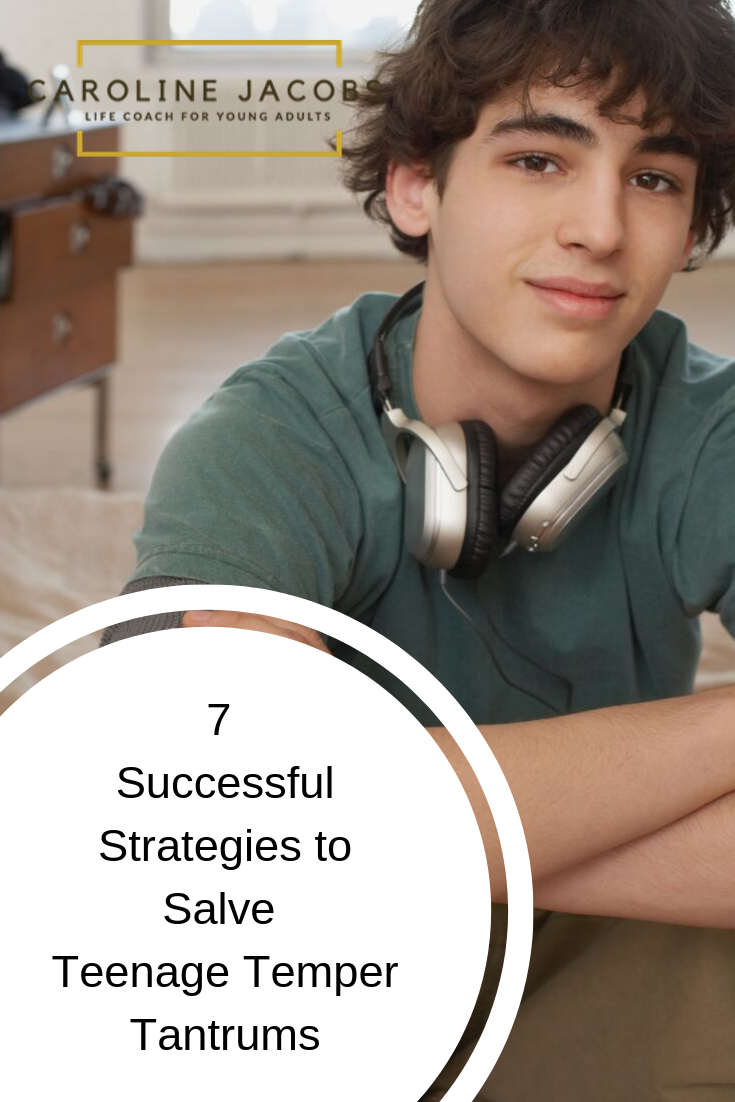





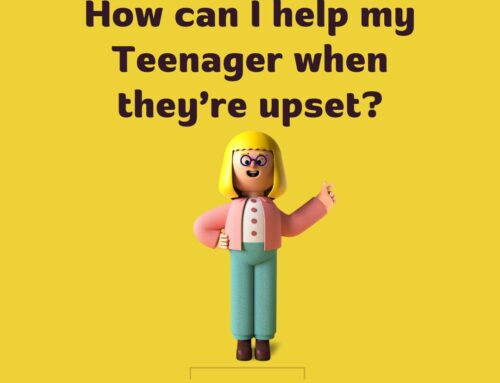
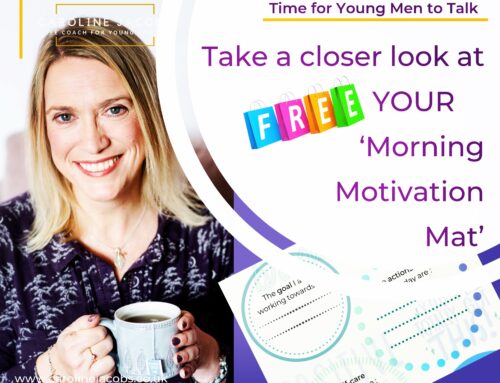
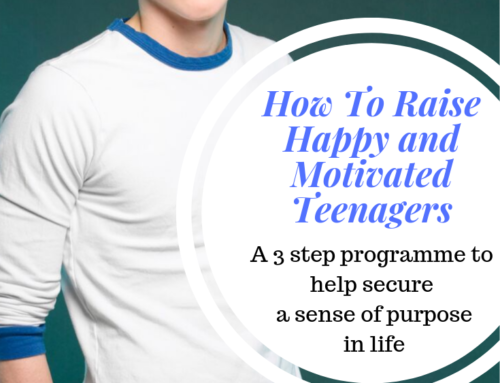
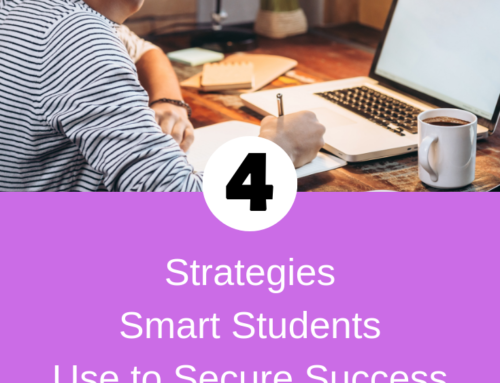

Leave A Comment